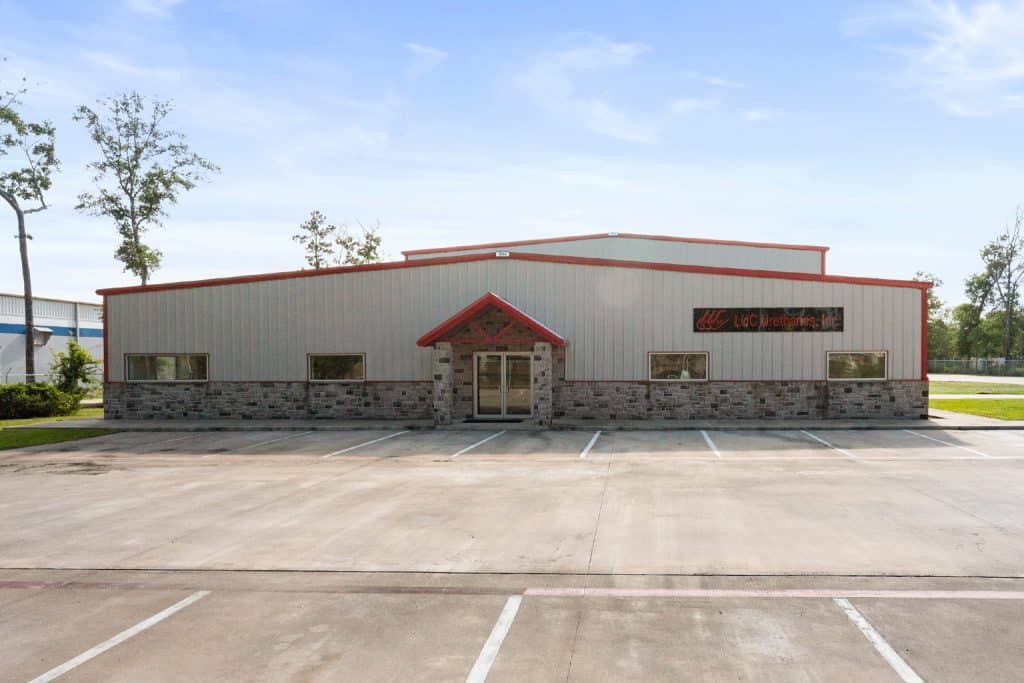
Concrete pouring is a crucial step in construction projects, whether you are building a foundation, a driveway, a patio, or any other structure. The quality of the concrete pour can significantly impact the durability and strength of the final product. Mastering the art of concrete pouring requires a combination of skill, knowledge, and experience. In this article, we will explore some essential techniques that will help you achieve success in your concrete pouring projects.
1. Preparation is Key
Before you start pouring concrete, it is essential to make adequate preparations to ensure a successful outcome. Here are some key steps to follow:
Site Preparation
- Clear the area of any debris, rocks, or vegetation.
- Level the ground and compact the soil to create a stable base.
- Install formwork to define the shape and dimensions of the concrete structure.
Mixing the Concrete
- Follow the manufacturer's instructions for the correct mix ratio.
- Use high-quality materials to ensure the strength and durability of the concrete.
- Mix the concrete thoroughly to achieve a uniform consistency.
2. Proper Placement Techniques
Once you have prepared the site and mixed the concrete, it is time to pour the concrete. Proper placement techniques are crucial to ensure an even distribution of the concrete and to avoid air pockets or weak spots. Here are some tips for successful concrete placement:
Consistent Pouring
- Pour the concrete in a continuous, steady stream to prevent cold joints.
- Avoid stopping and starting during the pouring process.
Proper Consolidation
- Use a concrete vibrator to remove air bubbles and ensure proper compaction.
- Work the concrete into all corners and edges to eliminate voids.
3. Finishing and Curing
After the concrete has been poured and consolidated, it is crucial to finish the surface and allow it to cure properly. Proper finishing techniques will enhance the appearance and durability of the concrete structure. Follow these steps for successful finishing and curing:
Surface Finishing
- Smooth the surface with a bull float to level the concrete and remove imperfections.
- Add decorative finishes, such as stamping or staining, if desired.
Curing Process
- Protect the concrete from drying out too quickly by covering it with plastic sheeting or wet burlap.
- Keep the concrete moist for at least seven days to allow it to cure properly.
4. Common Mistakes to Avoid
Even with proper preparation and technique, mistakes can still occur during the concrete pouring process. Here are some common mistakes to avoid to ensure a successful outcome:
Insufficient Mixing
- Improperly mixed concrete can result in weak spots and reduced durability.
Overworking the Concrete
- Avoid overworking the concrete, as this can cause segregation and weaken the final product.
Improper Curing
- Failure to properly cure the concrete can result in cracking and reduced strength.
5. Safety Considerations
When working with concrete, safety should always be a top priority. Follow these safety considerations to protect yourself and others during the concrete pouring process:
Personal Protective Equipment (PPE)
- Wear appropriate PPE, such as gloves, safety glasses, and steel-toed boots.
Proper Lifting Techniques
- Avoid lifting heavy loads improperly to prevent injuries.
Work Area Safety
- Keep the work area clean and organized to prevent slips, trips, and falls.
Conclusion
Mastering the art of concrete pouring requires attention to detail, proper technique, and a commitment to quality. By following the techniques outlined in this article, you can achieve success in your concrete pouring projects and create durable, long-lasting structures. Remember to prioritize safety, proper preparation, and skillful execution to ensure the best possible outcome.
